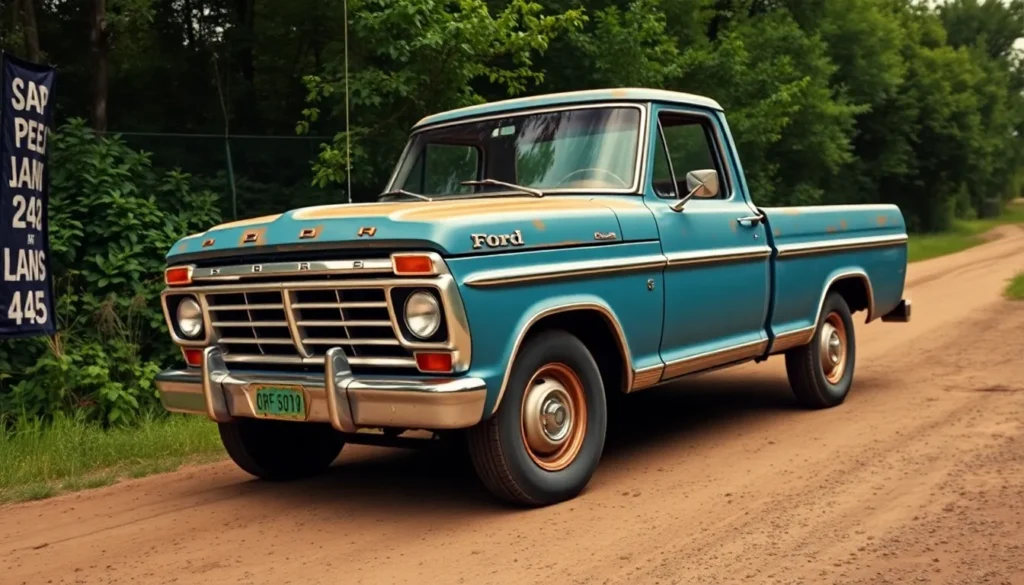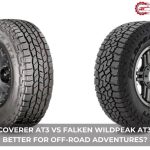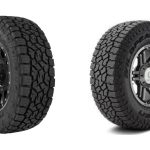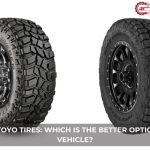When we hear the rumble of a classic Ford truck engine, something stirs deep in our automotive souls. These legendary workhorses have been America’s backbone for nearly a century, hauling everything from farm equipment to family dreams across countless miles of highway and dirt roads.
From the iconic F-Series that revolutionized the pickup industry to the rugged Broncos that conquered both city streets and wilderness trails, vintage Ford trucks represent more than just transportation—they’re rolling pieces of American history. Whether it’s a pristine 1948 F-1 or a battle-tested 1979 F-150, these trucks tell stories of hard work, adventure, and the enduring spirit of craftsmanship.
We’ve witnessed how these classic machines continue captivating collectors, restoration enthusiasts, and everyday drivers who appreciate authentic American steel. Today’s modern trucks may offer advanced technology, but there’s something irreplaceable about the character and soul found in these vintage Ford legends.
History of Ford Trucks Through the Decades
Ford’s truck legacy spans generations of American craftsmanship and innovation. These vehicles evolved from simple commercial haulers into the iconic machines that define our automotive heritage today.
Early Ford Truck Models (1917-1940s)
Ford entered the commercial vehicle market in 1917 with the Model TT chassis. This one-ton truck featured a longer wheelbase than the Model T passenger car and became the foundation for countless work vehicles across America. Manufacturing numbers reached 1.3 million units by 1927, establishing Ford as a serious contender in the commercial truck segment.
The company introduced the Model AA in 1927, offering improved payload capacity and enhanced durability. Farmers, delivery companies, and construction crews embraced these robust machines for their reliability and affordability. Ford’s assembly line production methods kept prices competitive, making truck ownership accessible to small businesses nationwide.
Throughout the 1930s, Ford refined its truck designs with improved styling and mechanical upgrades. Models like the 1935 Ford pickup featured streamlined bodywork and V8 engine options. War production during the early 1940s shifted focus to military vehicles, but these years established the engineering principles that would guide future truck development.
Post-War Boom and the F-Series Launch (1948-1960s)
Economic expansion after Industry War II created unprecedented demand for commercial and personal trucks. Ford responded in 1948 with the revolutionary F-Series lineup, introducing the F-1 through F-8 models with distinct weight classifications. The F-1 pickup became America’s bestselling truck within three years of its launch.
Advanced features distinguished the F-Series from competitors, including independent front suspension and integrated cab construction. Ford sold over 100,000 F-Series trucks in 1949 alone, capturing important market share from established rivals. The 1953 model year brought updated styling with a panoramic windshield and modern dashboard layout.
Engineering improvements continued throughout the 1950s with overhead valve engines and automatic transmission options. The 1957 F-Series received a complete redesign featuring wider cabs and increased payload ratings. By 1960, cumulative F-Series production exceeded one million units, cementing Ford’s position as America’s truck leader.
The Golden Era of Ford Trucks (1970s-1980s)
Ford dominated the truck market during these two decades with innovative designs and powerful engine options. The 1973 F-Series redesign introduced larger cabs with improved ergonomics and safety features. Sales figures consistently exceeded 400,000 units annually throughout the mid-1970s even though economic challenges.
Recreational truck use expanded significantly during this period, prompting Ford to develop luxury trim packages and comfort features. The 1975 F-150 SuperCab offered extended passenger space while maintaining full-size bed dimensions. Four-wheel-drive variants gained popularity among outdoor enthusiasts and commercial operators requiring enhanced traction capabilities.
Performance enthusiasts embraced high-output engine options like the 460 cubic inch V8, producing 245 horsepower in stock configuration. Ford’s truck styling evolved with square, angular designs that emphasized ruggedness and capability. The 1980 F-Series refresh brought aerodynamic improvements and fuel efficiency enhancements responding to changing consumer priorities and federal regulations.
Most Iconic Old Ford Truck Models
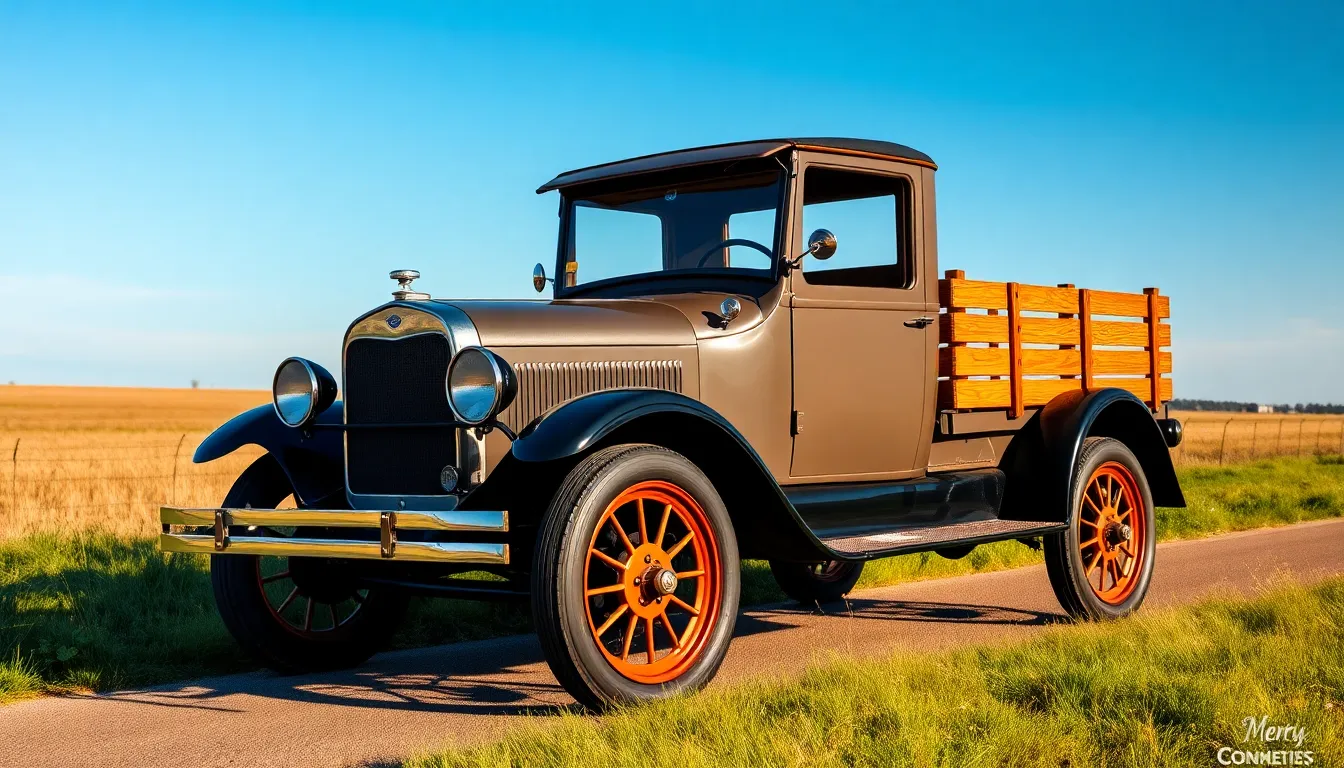
Ford’s truck legacy spans generations with models that defined American transportation and work culture. We’ve identified the most influential Ford trucks that collectors and enthusiasts recognize as automotive legends.
Ford Model TT (1917-1927)
Ford Model TT launched Ford’s commercial vehicle journey as a one-ton truck chassis built on Model T foundations. We observe that over 1.3 million Model TT units rolled off production lines during its 10-year run. Commercial buyers appreciated the $600 starting price and 20-horsepower engine that delivered reliable hauling capacity for early 20th century businesses.
Farmers used Model TT trucks for grain transport while construction companies relied on them for material delivery across rough terrain. Ford offered the Model TT as a bare chassis allowing buyers to install custom beds stake sides or specialized equipment based on their exact needs.
Ford F-1 and Early F-Series (1948-1952)
Ford F-1 revolutionized truck design by introducing the first modern pickup architecture that separated passenger comfort from work capability. We recognize the F-1 as the foundation model that launched the F-Series dynasty with its 95-horsepower flathead V8 engine and improved cab ergonomics.
Production numbers reached 108,000 units for the 1948 F-1 model year making it an immediate commercial success. Ford engineers designed wider cabs with better visibility and introduced the “Million Dollar Cab” marketing campaign to emphasize driver comfort improvements.
Collectors particularly value F-1 models with original flathead engines and unmodified bed configurations. Restoration enthusiasts often seek F-1 trucks for their clean styling lines and mechanical simplicity that makes maintenance straightforward.
Ford F-100 Classic Years (1953-1979)
Ford F-100 dominated the pickup truck market for 26 years with distinctive styling changes across four generations. We track important design evolution from the 1953 model’s rounded fenders to the 1979 final year’s squared-off appearance that bridged classic and modern truck aesthetics.
| Generation | Years | Notable Features | Production Peak |
|---|---|---|---|
| Second | 1953-1956 | Overhead valve Y-block V8 | 1955: 124,842 units |
| Third | 1957-1960 | Wider track, optional 4WD | 1959: 149,781 units |
| Fourth | 1961-1966 | Unibody construction | 1965: 182,307 units |
| Fifth | 1967-1972 | Return to body-on-frame | 1978: 205,876 units |
Custom truck builders frequently choose F-100 models from 1967-1972 for hot rod projects due to their robust frame construction and engine bay space. Classic truck shows consistently feature F-100 specimens with restored 390 FE big block engines and period-correct accessories.
Performance enthusiasts gravitate toward 1969-1970 F-100 models equipped with 429 Cobra Jet engines that delivered 370 horsepower from the factory. Street rod builders appreciate the F-100’s proportions and availability of aftermarket suspension components for modern handling upgrades.
Ford Bronco First Generation (1966-1977)
Ford Bronco first generation established the compact SUV segment by combining Jeep-like off-road capability with Ford’s reliability and dealer network. We note that Ford produced 238,000 first-generation Broncos across 12 model years with consistent demand from outdoor enthusiasts and utility buyers.
Early Bronco models featured removable hardtops and fold-down windshields that appealed to recreational users seeking open-air driving experiences. Ford offered three body styles including roadster wagon and pickup configurations to match diverse buyer preferences.
Racing success elevated Bronco’s reputation when modified versions competed in Baja 1000 desert races and achieved multiple class victories. Off-road racing teams chose Broncos for their short wheelbase agility and parts availability that supported competitive campaigns.
Collectors distinguish early Broncos by their round headlights (1966-1977) versus rectangular units found on later generations. Restoration projects often focus on U15 half-cab models and rare stroppe edition Broncos that Ford produced in limited quantities for performance-oriented buyers.
What Makes Old Ford Trucks Special
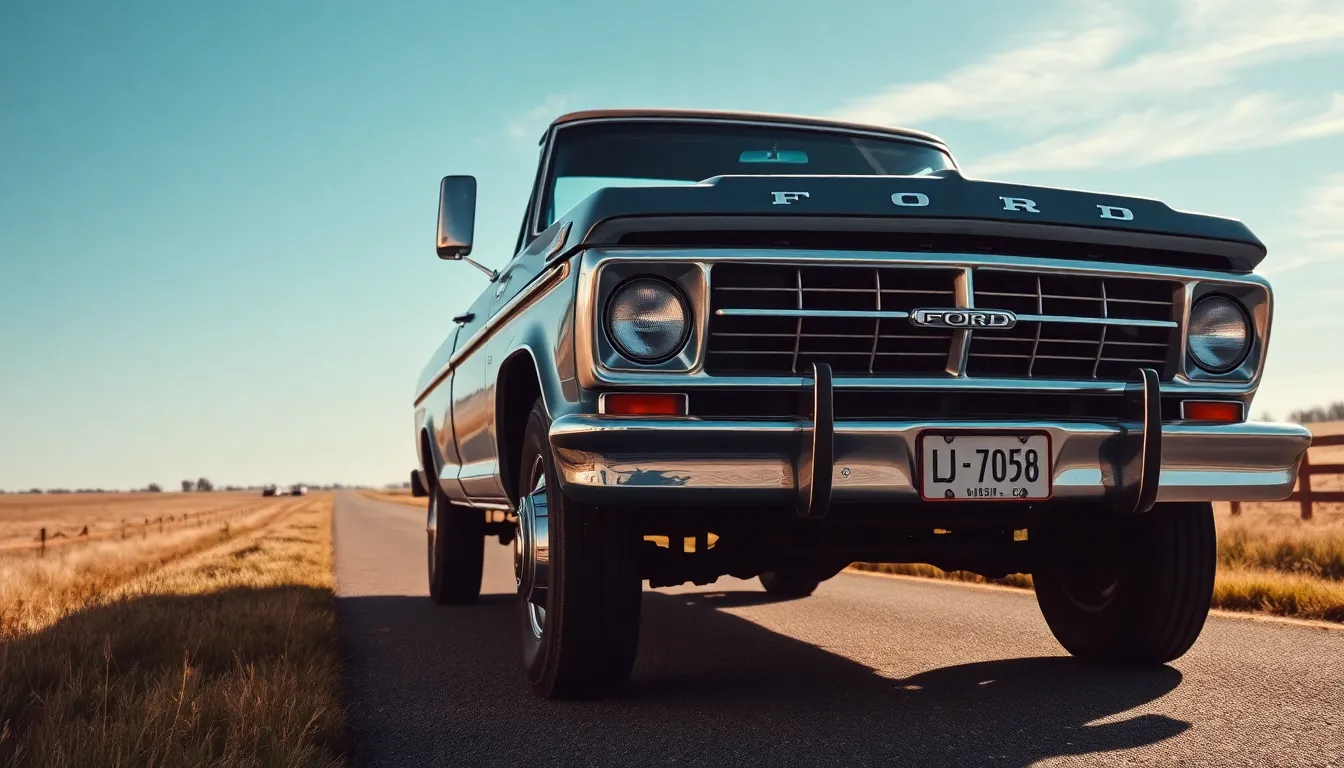
Old Ford trucks possess distinctive characteristics that separate them from modern vehicles and competing brands. These classic machines earned their reputation through decades of proven performance across America’s farms, construction sites, and highways.
Legendary Durability and Reliability
Ford engineers built these vintage trucks using heavy gauge steel frames that resist corrosion and structural damage over time. Cast iron engine blocks provided exceptional longevity, with many original powertrains still operating after 50+ years of service. Solid front axles distributed weight evenly across rough terrain while leaf spring suspensions absorbed impacts that would damage contemporary vehicles.
Manual transmissions featured simple three and four speed configurations that mechanics could repair using basic tools and readily available parts. Carburetor fuel systems eliminated complex electronic components, reducing failure points and maintenance costs. Body panels used thicker steel than modern alternatives, creating panels that withstand minor impacts without denting or cracking.
Ford’s quality control processes during the 1950s through 1970s emphasized function over refinement. Component tolerances allowed for thermal expansion and contraction cycles that occur during extreme temperature variations. This engineering approach resulted in trucks that continued operating even though neglect or harsh working conditions.
Timeless Design and Styling
Chrome bumpers and trim pieces created visual contrast against painted surfaces while providing genuine protection from minor collisions. Round headlights maintained consistent proportions regardless of truck size, establishing recognizable Ford design language across model years. Hood lines stretched uninterrupted from grille to windshield, creating clean profiles that photographers and artists still reference today.
Cab proportions emphasized function with upright seating positions that provided excellent visibility for drivers handling job sites or rural roads. Running boards offered practical step surfaces while adding horizontal design elements that balanced vertical door panels. Tailgate designs featured simple latching mechanisms and Ford script badges that became signature styling cues.
Paint colors included practical options like Colonial White, Raven Black, and Vermillion Red that concealed dirt and scratches during daily use. Two tone combinations allowed buyers to customize their trucks while maintaining professional appearances. Design consistency across F-Series generations created immediate brand recognition that continues attracting collectors and enthusiasts.
Engine Performance and Power Options
Ford’s small block V8 engines delivered reliable torque curves that matched truck applications perfectly. The 302 cubic inch Windsor engine produced 200+ horsepower while maintaining fuel efficiency for its era. Larger displacement options included 351, 390, and 460 cubic inch variants that generated substantial towing capacity for commercial users.
Inline six cylinder engines provided excellent fuel economy and smooth operation for light duty applications. The 300 cubic inch straight six became legendary for its longevity, with many examples exceeding 300,000 miles before requiring major rebuilds. These powertrains featured simple valve train designs that reduced maintenance requirements compared to overhead cam alternatives.
Carburetor systems used proven Holley and Motorcraft designs that mechanics understood completely. Ignition systems relied on points and condensers that drivers could replace roadside using basic hand tools. Engine management remained mechanical throughout most classic Ford truck production years, eliminating computer controlled variables that complicate modern diagnostics and repairs.
Performance modifications included dual exhaust systems, high flow air cleaners, and aftermarket camshafts that increased horsepower output. Headers replaced restrictive factory manifolds while maintaining emissions compliance for their production periods. These upgrades enhanced performance characteristics without compromising the fundamental reliability that made old Ford trucks special.
Buying Guide for Vintage Ford Trucks
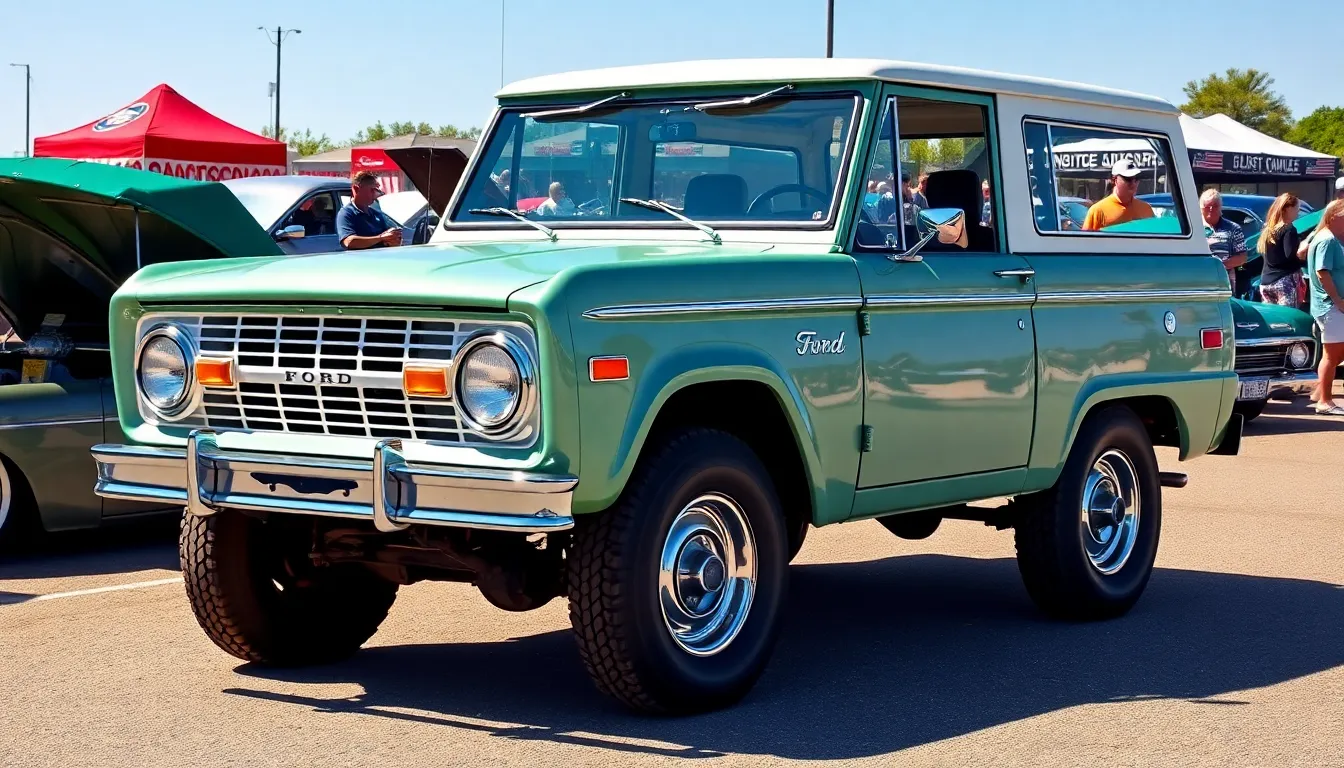
Purchasing a vintage Ford truck requires careful evaluation and market knowledge to make a smart investment. We’ve compiled essential insights to help you navigate the classic truck marketplace with confidence.
What to Look for When Purchasing
Frame integrity forms the foundation of any solid vintage Ford truck purchase. Inspect the chassis thoroughly for rust, cracks, or previous accident damage that could compromise structural safety. Check mounting points where the cab connects to the frame, as these areas commonly develop stress fractures over decades of use.
Engine condition determines both immediate functionality and long-term restoration costs. Listen for smooth idle patterns and consistent power delivery when test driving F-Series trucks from the 1950s through 1970s. Examine oil consumption levels by checking for blue smoke from the exhaust, which indicates worn piston rings or valve seals.
Original components significantly impact collector value and authenticity. Verify matching numbers between the engine block and vehicle identification tags on models like the F-100 and early Broncos. Document any non-factory modifications or replacement parts that might affect resale potential.
Body panels reveal the truck’s exposure to harsh working conditions over its lifetime. Look for rust bubbles around wheel wells, door frames, and bed corners where moisture typically accumulates. Assess the condition of chrome bumpers and trim pieces, as replacement costs for these items can reach $500 to $1,500 per piece.
Common Issues and Red Flags
Electrical system failures plague many vintage Ford trucks due to aging wiring harnesses and corroded connections. Test all lighting circuits, gauges, and accessories during your inspection, as rewiring projects often cost $800 to $2,000 for complete restoration.
Transmission problems appear frequently in trucks with high mileage or poor maintenance history. Manual transmissions in F-Series trucks may exhibit grinding sounds during gear changes, while automatic units from the 1960s and 1970s often develop slipping or delayed engagement issues.
Rust perforation through body panels signals extensive corrosion that extends beyond surface-level cosmetic concerns. Avoid trucks with rust holes larger than quarter-size in structural areas, as proper repairs require metalwork skills and specialized equipment.
Mismatched paint or primer spots indicate previous accident damage or amateur restoration attempts. Check for color variations under different lighting conditions and examine panel gaps for uniformity and proper alignment.
Modified suspensions or engine swaps may compromise the truck’s historical accuracy and future collectibility. Verify that any performance upgrades maintain the vehicle’s vintage character while meeting safety standards.
Pricing and Market Trends
| Model Year Range | Condition | Price Range |
|---|---|---|
| 1948-1952 F-1 | Good | $15,000-$35,000 |
| 1953-1956 F-100 | Excellent | $25,000-$45,000 |
| 1957-1960 F-100 | Fair | $8,000-$18,000 |
| 1961-1966 F-100 | Good | $12,000-$28,000 |
| 1966-1977 Bronco | Excellent | $35,000-$65,000 |
Market appreciation for vintage Ford trucks has accelerated over the past five years, with first-generation Broncos experiencing 40% value increases since 2019. F-Series pickups from the 1950s command premium prices due to their historical significance as America’s first modern truck design.
Regional variations affect pricing significantly across different markets. Western states typically offer higher prices due to better preservation conditions, while southern markets may provide bargains on trucks requiring rust repair.
Restoration costs factor heavily into total ownership expenses and potential returns. Budget $15,000 to $30,000 for complete mechanical and cosmetic restoration of most vintage Ford trucks, depending on the model’s rarity and condition.
Auction results demonstrate strong demand for well-documented examples with original components. Concours-quality F-100s and early Broncos regularly exceed estimated values at collector car auctions by 15% to 25%.
Restoration and Maintenance Tips
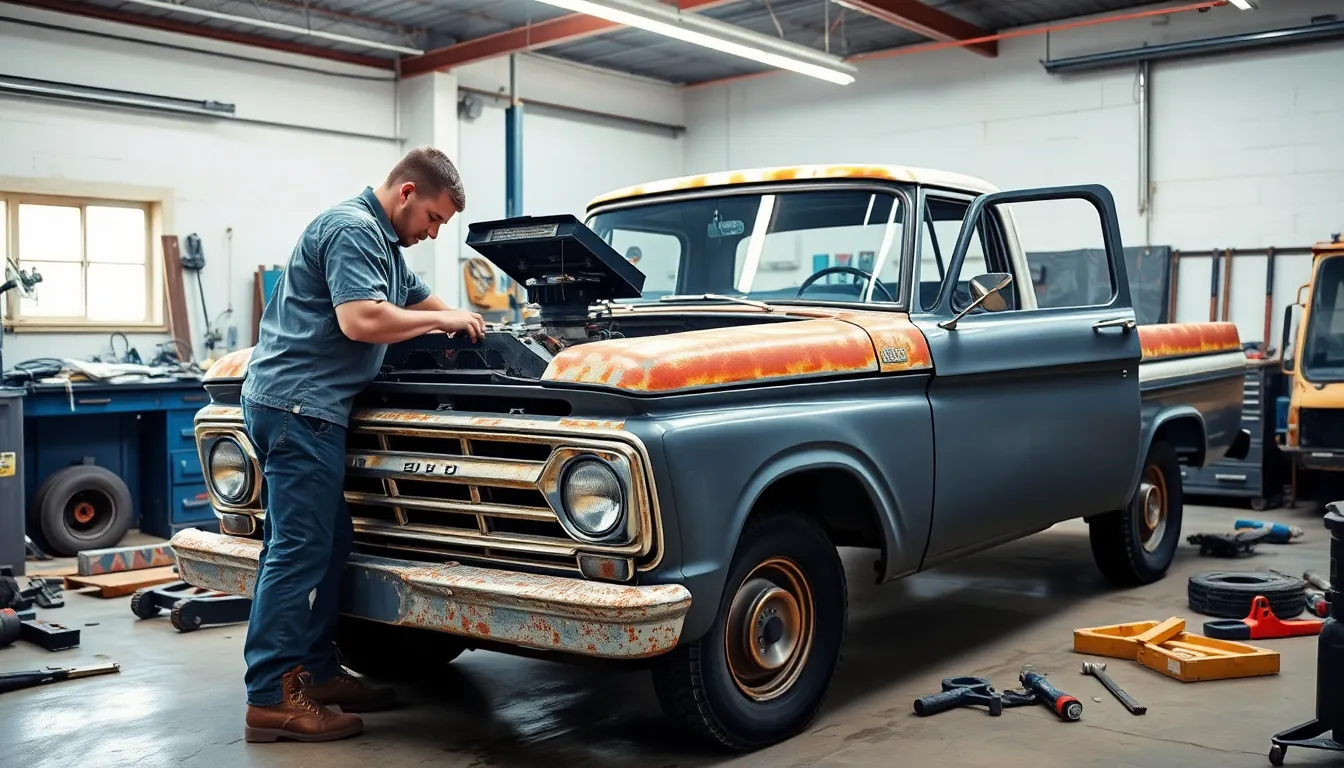
Restoring old Ford trucks requires patience, expertise, and access to authentic components that maintain these classics’ original character. Proper restoration approaches can significantly impact both the truck’s functionality and its long-term collector value.
Finding Original Parts and Components
Original parts sourcing presents the biggest challenge in old Ford truck restoration projects. Ford Motor Company discontinued most vintage truck parts decades ago, making authentic components increasingly scarce and expensive.
Specialized dealers offer the most reliable source for original equipment manufacturer (OEM) parts. Companies like Dennis Carpenter Ford Reproductions and National Parts Depot maintain extensive inventories of vintage Ford truck components, including:
- Body panels and trim pieces
- Engine components and gaskets
- Electrical systems and wiring harnesses
- Interior upholstery and dashboard elements
Salvage yards across the country house thousands of old Ford trucks awaiting parts harvesting. We recommend calling ahead to confirm availability, as popular items like grilles, bumpers, and tailgates disappear quickly from inventory.
Online marketplaces like eBay Motors and Craigslist feature daily listings for vintage Ford truck parts. Exercise caution when purchasing sight-unseen components, as condition descriptions often prove inaccurate upon delivery.
Swap meets and car shows provide opportunities to inspect parts personally before purchase. The Charlotte AutoFair and Carlisle All-Truck Nationals host hundreds of vendors specializing in classic truck components.
| Part Category | Average Price Range | Availability Rating |
|---|---|---|
| Engine blocks (V8) | $800-$2,500 | Moderate |
| Body panels | $150-$800 | Good |
| Chrome bumpers | $200-$600 | Limited |
| Complete interiors | $1,200-$3,500 | Poor |
Professional vs DIY Restoration Approaches
Professional restoration shops charge $40,000 to $80,000 for complete old Ford truck restorations, depending on the model and condition. These facilities possess specialized equipment, experienced technicians, and established supplier relationships that DIY restorers can’t match.
Professional advantages include frame straightening capabilities, paint booth facilities, and insurance coverage for work performed. Established shops like Velocity Restorations and Classic Industries maintain warranties on completed work, providing peace of mind for expensive projects.
DIY restoration costs typically range from $15,000 to $35,000 for complete rebuilds when owners perform most labor themselves. Home restorers save 60-70% on labor expenses but invest significantly more time completing projects.
Essential tools for DIY old Ford truck restoration include:
- Engine hoist and transmission jack
- Welding equipment (MIG or TIG)
- Air compressor and pneumatic tools
- Complete socket and wrench sets
- Body dollies and hammers
Time requirements vary dramatically between approaches. Professional shops complete most old Ford truck restorations within 12-18 months, while DIY projects often extend 3-5 years depending on owner availability and skill level.
Skill assessment proves critical before choosing restoration approaches. Complex tasks like frame modifications, electrical system rewiring, and paint application require specialized knowledge that many hobbyists lack.
Preserving Value During Restoration
Maintaining originality preserves old Ford truck values more effectively than modernization or customization approaches. Collectors consistently pay premium prices for trucks retaining factory specifications and authentic components.
Documentation practices significantly impact restorative value retention. Photograph each restoration stage, maintain receipts for parts purchases, and document work performed by professionals or yourself.
Original color schemes command higher market values than custom paint jobs. Ford’s factory color codes for vintage trucks include Prairie Bronze, Vermillion, and Colonial White, which restoration suppliers still produce today.
Numbers matching components increase old Ford truck values by 25-40% over trucks with replacement engines or transmissions. Verify engine block casting numbers against vehicle identification numbers before purchasing restoration candidates.
Modification reversibility affects long-term value preservation. Bolt-on accessories like aftermarket wheels or electronic ignition systems can be removed without permanent vehicle alterations, maintaining originality options.
Period correct upgrades enhance both functionality and value when properly executed. Installing factory air conditioning systems, power steering, or automatic transmissions from the same era maintains authenticity while improving drivability.
Storage considerations during restoration prevent deterioration of completed work. Climate controlled environments protect paint finishes, prevent rust formation, and preserve interior materials from UV damage.
| Value Impact Factor | Positive Effect | Negative Effect |
|---|---|---|
| Numbers matching drivetrain | +25-40% | -15-25% |
| Original paint colors | +10-15% | -5-10% |
| Complete documentation | +15-20% | -10-15% |
| Professional restoration | +20-30% | N/A |
Old Ford Trucks in Popular Culture

Old Ford trucks transcend their mechanical origins to become cultural icons that shape entertainment and community experiences. These vintage vehicles appear across multiple media platforms while fostering passionate collector networks nationwide.
Movie and TV Appearances
Classic Ford trucks dominate Hollywood productions as authentic representations of American work ethic and rural life. The 1973 F-100 featured in “The Last Picture Show” captures small-town Texas atmosphere while demonstrating the truck’s role in everyday American stories.
Television series frequently showcase vintage Ford trucks to establish period authenticity and character depth. “The Waltons” prominently displays a 1930s Ford truck that becomes integral to the family’s Depression-era narrative. Modern productions like “Yellowstone” feature restored F-Series trucks to reinforce themes of tradition and rugged independence.
Action films leverage old Ford trucks for their durability and recognizable silhouettes during chase sequences. The modified 1956 F-100 in “Twister” withstands extreme weather conditions while maintaining visual appeal. Horror films often cast aged Ford trucks as ominous vehicles that enhance atmospheric tension through their weathered appearances.
Commercial advertising campaigns use classic Ford trucks to evoke nostalgia and brand heritage. Ford’s own marketing frequently references the F-Series legacy spanning seven decades of American trucking history. Independent filmmakers choose vintage Ford trucks for budget-conscious productions where the vehicles’ photogenic qualities enhance storytelling without expensive modifications.
Collector Communities and Shows
Dedicated Ford truck enthusiasts organize regional clubs that preserve mechanical knowledge and foster restoration expertise. The Early Ford V8 Club maintains 15,000 active members across 140 regional chapters throughout North America. These organizations host monthly meetings where members share technical insights about carburetor rebuilds electrical system updates and frame restoration techniques.
National truck shows celebrate Ford’s commercial vehicle heritage through competitive exhibitions and educational displays. The Ford Nationals event in Carlisle Pennsylvania attracts 85,000 visitors annually who examine pristine restorations and rare barn finds. Participants compete in categories including Best Original Paint Best Engine Bay and People’s Choice Award.
Online communities expand collector networks beyond geographic limitations through specialized forums and social media groups. The F100 Builders Page maintains 45,000 Facebook members who share restoration progress photos and troubleshooting advice. Digital marketplaces connect buyers with sellers across continental distances while preserving documentation of provenance and modification history.
Swap meets provide essential sourcing opportunities for hard-to-find components and original equipment manufacturer parts. The Charlotte AutoFair hosts 50 acres of vendor spaces where collectors locate everything from complete drivetrain assemblies to exact trim pieces. Regional events like the Turlock Swap Meet in California focus specifically on Ford truck parts and attract specialized vendors from across the western states.
Conclusion
Old Ford trucks represent more than just vintage vehicles – they’re rolling pieces of American heritage that continue to capture our imagination. Their combination of rugged engineering timeless design and cultural significance makes them invaluable assets for collectors and enthusiasts alike.
Whether you’re drawn to their legendary reliability interested in restoration projects or simply appreciate their role in shaping automotive history these classic machines offer something special. The strong community support extensive parts availability and growing market values make now an excellent time to explore ownership.
We believe old Ford trucks will continue to appreciate not just in value but in cultural importance. They remind us of an era when vehicles were built to last and every truck told a story of hard work and American ingenuity.
Frequently Asked Questions
What makes classic Ford trucks so popular among collectors?
Classic Ford trucks are beloved for their legendary durability, timeless design, and historical significance in American automotive culture. Built with heavy gauge steel frames and cast iron engine blocks, these vehicles were engineered to last. Their iconic styling, featuring chrome bumpers and practical proportions, combined with reliable V8 and inline six-cylinder engines, creates an enduring appeal that modern trucks can’t replicate.
Which Ford truck models are considered the most iconic?
The most iconic old Ford truck models include the Model TT (1917-1927), which established Ford’s commercial vehicle presence, the F-1 (1948-1952) that introduced modern pickup architecture, and the F-100 (1953-1979) known for its market dominance. The first-generation Bronco (1966-1977) is also highly regarded for pioneering the compact SUV segment and its popularity among outdoor enthusiasts.
What should I look for when buying a vintage Ford truck?
Key factors include frame integrity, engine condition, and authenticity of original components. Check for rust perforation, electrical system failures, and transmission problems. Evaluate the truck’s documentation, matching numbers, and original color schemes, as these significantly impact collector value. Consider hiring a professional inspector if you’re not mechanically experienced.
How much do classic Ford trucks cost?
Pricing varies significantly based on model, condition, and rarity. First-generation Broncos have seen substantial appreciation, with restored examples commanding premium prices. Market values are influenced by regional variations, with rural areas often offering better deals. Expect to pay more for documented, numbers-matching vehicles with original components and proper maintenance records.
What are the typical restoration costs for old Ford trucks?
Professional restoration can range from $40,000 to $80,000, depending on the truck’s condition and desired finish quality. DIY restoration typically costs $15,000 to $35,000, though this requires significant time, skill, and workspace. Factor in the challenge of sourcing authentic parts, which can be expensive and time-consuming to locate through specialized dealers.
How important is maintaining originality during restoration?
Preserving originality is crucial for maintaining collector value. Numbers-matching components, original color schemes, and proper documentation significantly impact market worth. While modifications can enhance performance, they often reduce collectible value. Focus on authentic parts and period-correct restoration techniques to preserve the truck’s historical integrity and maximize investment potential.
Where can I find parts for vintage Ford truck restoration?
Specialized dealers, salvage yards, and online platforms are the best sources for authentic parts. Many dedicated suppliers focus specifically on classic Ford trucks and maintain extensive inventories. Joining collector communities and attending truck shows can also provide valuable networking opportunities and access to rare components from other enthusiasts and restoration professionals.
What role do Ford trucks play in American culture?
Classic Ford trucks symbolize American work ethic and rural heritage, frequently appearing in movies and television to establish authenticity. They represent reliability, craftsmanship, and the pioneering spirit of American automotive engineering. These vehicles foster passionate collector communities through clubs, shows, and online networks, preserving automotive history and creating lasting friendships among enthusiasts.

